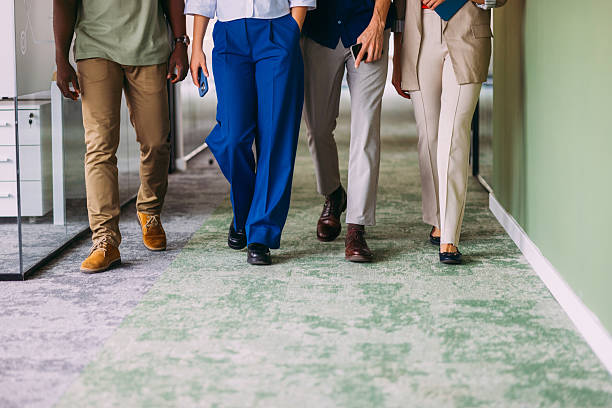Life has a tendency to surprise us. At other times, it’s a surprise phone call, diagnosis, or loss that rattles the ground right from under our feet. One frigid January evening, I discovered this reality for myself. My sister’s voice on the phone brought with it words I shall never forget: “The lesions on Mom’s brain are malignant.”
Oddly, I did not weep. I did not scream. Instead, I went into the bedroom and began re-arranging the furniture. The physical act of lifting, moving, and re-shaping my body’s space provided me with a bizarre sense of mastery in a time when life seemed unmasterable. What I didn’t know at the time was that this exercise of re-arranging was not about the room, it was my initial step into a tremendous form of resilience: creativity.
Table of Contents
Rethinking Resilience: Beyond “Bouncing Back”
When we hear the word resilience, we often picture toughness the ability to endure without breaking. The image is one of grit, stoicism, and “bouncing back” as if nothing happened. But true resilience is more than simply withstanding the storm.
Real resilience is transformation. It’s not going back to who we were pre-hardship, because sometimes life post-trauma, sickness, or grief can never be the same again. Rather, resilience is adapting, reimagining, and reshaping ourselves afterwards. And one of the strongest weapons for this transformation is creativity.
Why Creativity Is a Pathway to Healing
Creativity is misinterpreted as being only for artists, musicians, and writers. However, in reality, creativity is a natural human impulse to change and disruption. It manifests in journaling, in telling stories, in gardening, in cooking, in sketching, or even doodling on a notepad when having a bad day.
These little acts of creativity help us reorder our world inside when the world outside seems too much to handle. Creativity brings us two precious gifts:
1. Meaning-making – It assists us in making sense out of chaos, spinning our pain into a narrative we can survive.
2. Emotional release – It provides a safe vent, lending shape and form to feelings that are too weighty to bear within.
Psychology and art therapy research indicates that creative pursuits activate brain areas associated with emotion management and story processing. When we paint, write, or compose, we’re not merely venting, we’re refiguring our internal experience, giving shape to feelings that may otherwise become overwhelming.
Creativity as a Tool for Meaning-Making
When disrupted, humans automatically seek meaning. Psychiatrist Viktor Frankl once stated, “Those who have a ‘why’ to live can bear almost any ‘how.'” Creativity offers a concrete means of discovering that “why.”
Creating a poem of sorrow, art in the midst of fear, or a song following heartache provides an outlet for our emotions. These works are not required to be amazing, nor must they be shared. By simply translating thoughts and feelings into tangible or sound form, we gain perspective. We can then step back, observe our own tale, and start to incorporate the loss into the overall theme of our lives.
For instance:
- Murals created by communities following natural disasters assist the survivors in converting their sorrow into collective strength, like Parkinson’s an opportunity to reclaim joy and physical expression despite decline.
In every instance, creativity does not eliminate suffering but reconfigures it into something that can be borne, recalled, and relived.
Adaptive Coping: Resilience Through Creative Expression
Resilience is not about snapping back to “normal.” More often than not, there is no return. Rather, resilience involves learning to live meaningfully in a changed reality. Creativity abets this adaptive process by encouraging flexibility, experimentation, and emotional expression.
Psychologist James Pennebaker’s work on expressive writing discovered that individuals who wrote about traumatic events for as little as a short time often saw their mood, health, and immune system improve. Writing enabled their own stories to transform from disorganized and torn apart to organized and put together. Creativity facilitated them in reforming pain into something valid.
At a neurological level, creativity exercise works on brain networks that are involved in adaptability, problem-solving, and reward. Such cognitive “flexibility training” predisposes us to meet future challenges with greater openness and resourcefulness. In other words, each creative action no matter how small or big makes us stronger for what is yet to come.
Creativity in Times of Collective Struggle
Creativity doesn’t just benefit people, it makes communities stronger too. In times of social upheaval, political polarization, or mass fear, art has never failed to be a levelling influence.
- Protest songs provide movements with a voice.
- Street murals turn cities into environments of solidarity and hope.
- Spoken word and theatre open avenues for dialogue when arguments don’t.
Art is able to speak what words cannot speak. It reminds us of our commonalities and enables us to envision new possibilities, even in times of despair. Creativity becomes refuge and resistance a means to survive, to get used to, and to construct anew.

The Creative Process as Emotional Alchemy
In its essence, resilience is not merely to survive hardship, it is to turn it into something of value. Creativity is the alchemy that allows us to do so.
Painting, writing, music, dance, or even redecorating a bedroom on a tough night, we take what feels intolerable and we put it into shape. This does not remove the pain, but it changes it, rounding out its edges, and sometimes even makes it beauty.
Resilience does not mean pretending that things are the same. It means bearing grief with dignity, illness with autonomy, and trauma with potential for rebirth. Creativity enables us to respect pain without closing ourselves off to the potential for hope, expansion, and new beginnings.
Ultimately, every work of art is a statement: Even amidst loss, even amidst destruction, something can be created. And in that creation is the real essence of resilience.



